It’s a little known fact that many historians blame beer for the rise of human civilization.
Back when we were all hunter/gatherer types, the thinking goes, we more or less had enough to eat. Societies were small enough to live off of the land, and it only took about five hours per day for a person to feed their family. What could farming offer to beat that? Toil? Drudgery? The vulnerability of being stuck to one place? If there was plenty of food to go around, what pressured humanity to invent an entirely new way of life that it didn’t really need?
The theory is that the Mesopotamians (or one of their relatives in the Fertile Crescent) discovered exactly what could be done by making wheat potable… and suddenly they needed more of it. A lot more. The rest, as they say, is history. Farming communities, with the ability to outproduce their own needs, could generate specialists in other areas such as commerce and science and war. Freed from having to catch their own food the professional soldier became an idea for the first time in history, and tribes that didn’t catch up just couldn’t compete.
All of society is built on this idea of specialization, that relatively few people actually have to produce the resources needed for everyone else to survive. Without it no one would ever have the time to learn medicine or paint the Sistine Chapel, they’d be too busy finding that night’s dinner. And it all started with beer.
Across the world, though, beer tends not to vary particularly widely. Light lagers dominate the scene, and reasonably so in hot countries where the last thing you want on a 90 degree night is a heavy porter to weigh you down. Most of the real invention comes from northern and central Europe, and North America.
Now you can add Peru and its booming craft beer scene to that list.
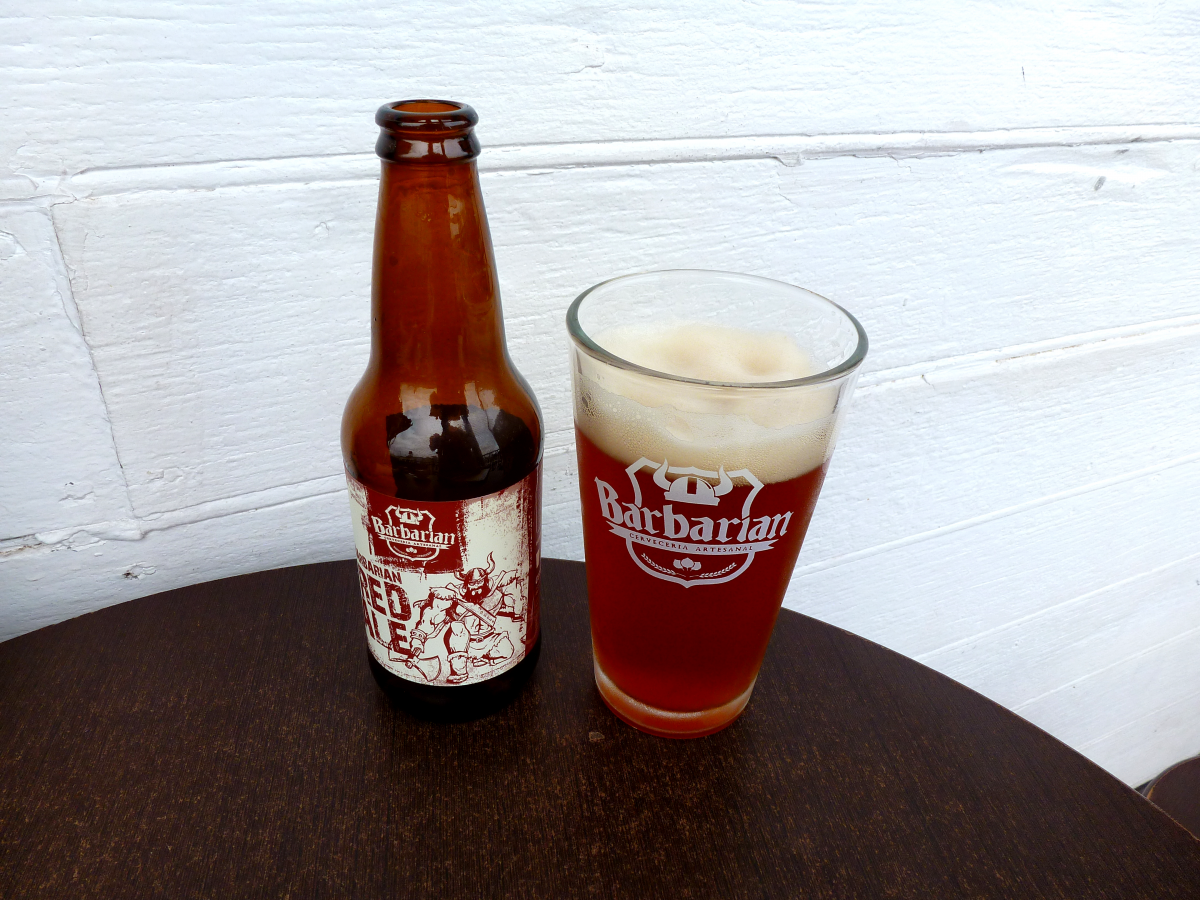
One roundup by RateBeer.com gives Peru more than three dozen local breweries. With shops like Barbarian, Sierra Andina and Cumbres in operation, this is a country that has begun to experiment with craft beer in a serious way. Better still, it’s succeeding. The beer here isn’t just diverse, it’s pretty damn good.
Like many countries Peru has a de facto national label. Mythos in Greece, Bud and Miller in America, Angkor in Cambodia and here in Lima it’s Cusqueña, and they make a perfectly serviceable lager. It’s nothing special and won’t send me scrambling back from my Chicago IPAs anytime soon, but for passing a night on the rooftop of the world in Aguas Calientes it gets the job done just fine.
In the cities like Lima and Arequipa, though, the scene is getting downright vibrant. Bustling cafes like Chaqchao in Arequipa serve a variety of options which, while they’re not about to put Sam Adams out of business, are surprising both for their quality and their variety.
On a whim I decided to try Barbarian’s Red and discovered a drink with flavor, weight and more than a little bit of depth to it. It’s a beer I would happily order again… and did.
It’s kind of a big deal, for two reasons. The first is simple for any traveler who enjoys a pint: this is one of the better countries to lift one in. Far from the basic, golden lager that most destinations boast, Peru’s scene is quickly adding a spectrum of options. It’s rare on my travels that I can get an IPA or a bitter without visiting an import bar and Peru’s breweries do both, and do them well.
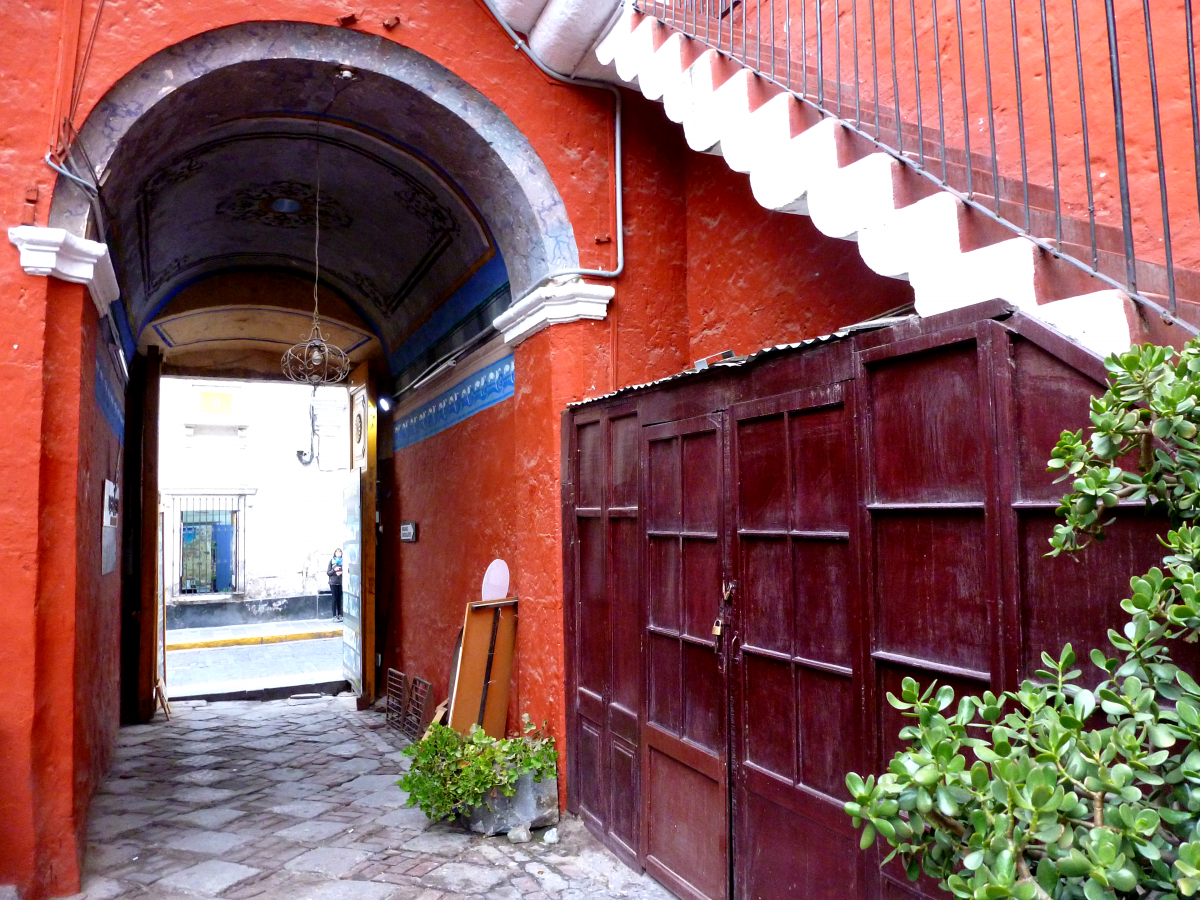
The entrance to Chaqchao.
But that pales in comparison with the hope that this scene promises for the future.
Peru’s history hasn’t long forgotten its struggles with authoritarianism and terror. Refugees from the Shining Path still pack the slums of Lima, and the Fujimori presidency ended while this writer was in college. Autocracy isn’t that distant a memory in these streets, something evident in the high walls and electric fences that still ring many houses of Lima’s middle class.
Pitted concrete around ordinary homes is a staple feature of many neighborhoods in the capital, build by residents afraid of the crime and kidnappings that once plagued Peru’s cities. To say those fears are long gone overstates the case, but it has eased considerably and now coexists with Starbucks baristas and flyers for dog walkers, as well craft beers at the bar.
Young people who are scared of tomorrow don’t open trendy cafes and teach beer pairing classes. For all that we make fun of the Brooklyn aesthetic, hipsters are the result of affluence, the sign of a generation that can afford not to fear for subsistence and safety. They come from a society that has managed to build a stable enough life for its children that they can grow up thinking about something more than just survival.
This isn’t weakness. It’s the ability to enjoy life and build upon the success of our parents. To be sure, beer isn’t the only way that a country can celebrate its successes. Many vibrant, stable cultures make a truly shitty brew.
But it’s a darn good one, and here in Peru it’s nice to see the craft beer scene blooming. It’s a mark of just how far this country has come that individuals can take a risk on something at once so satisfying and wholly unnecessary.
It’s a movement still in its infancy, but if the Cumbres IPA is how Peru’s brewers crawl I can’t wait until they learn how to walk.
- Write More Listicles - August 12, 2021
- Find The Hard Interview - July 28, 2021
- Using Your Voice - August 22, 2018

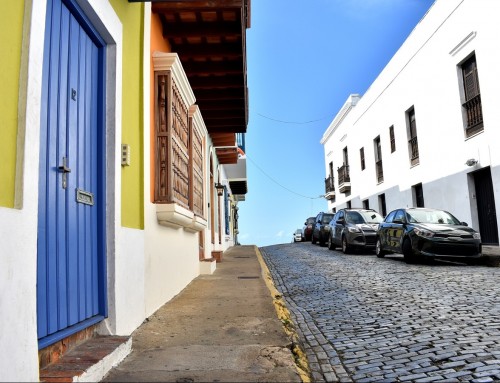
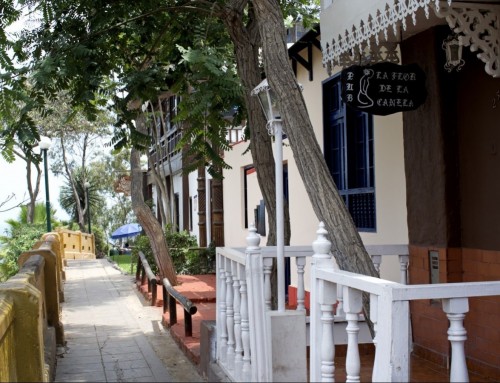
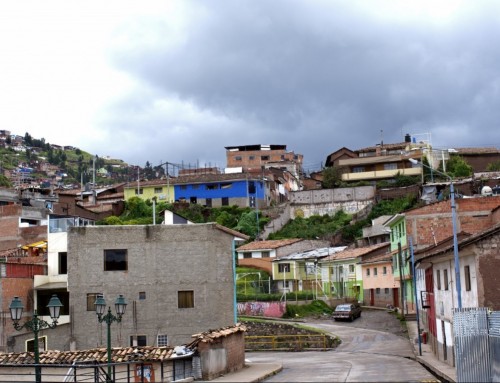

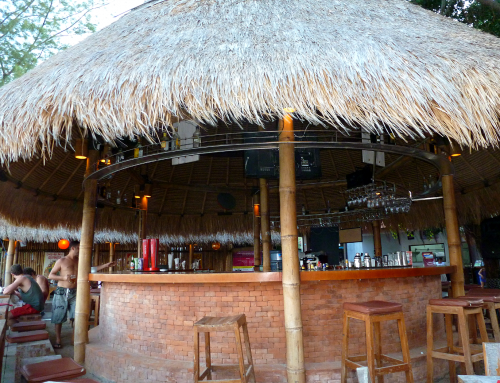
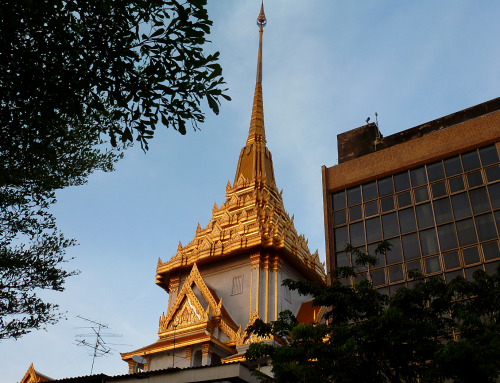
Leave A Comment